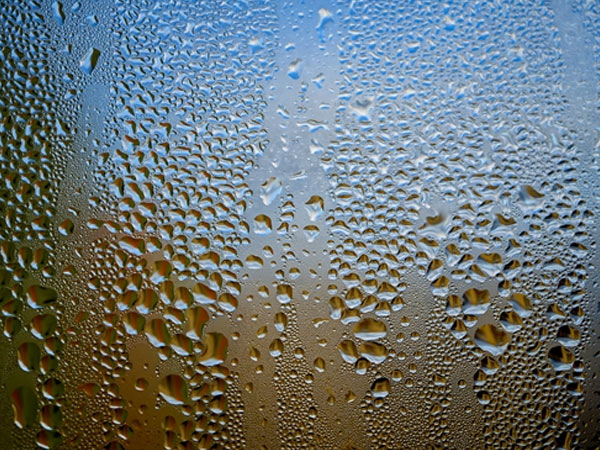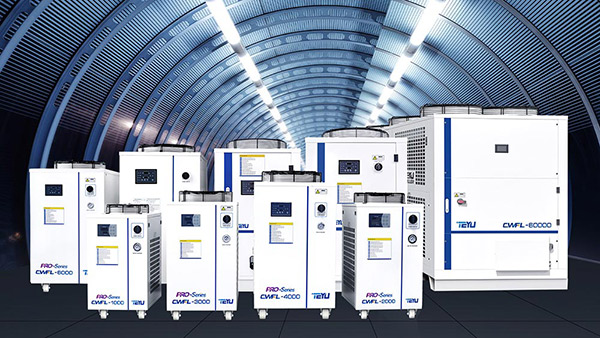I te raumati, ka piki te mahana, ka noho te wera nui me te haumākū hei tikanga, ka pa ki te mahi a te miihini laser me te kino ano na te tohanga. Anei etahi tikanga hei aukati me te whakaiti i te hauhautanga i runga i nga lasers i nga marama raumati wera nui, na reira ka tiakina te mahi me te whakaroa i te roanga o to taputapu laser.
Me pehea te Aukati i te Condensation i roto i nga Miihini Taiaho i te Raumati
I te raumati, ka piki ake te mahana, ka nui te wera me te makuku hei tikanga. Mo nga taputapu tika e whakawhirinaki ana ki nga lasers, kaore e taea e enei ahuatanga taiao te pa ki te mahi engari ka pakaru ano hoki na te condensation. Na reira, he mea tino nui te maarama me te whakatinana i nga tikanga aukati-a-te-te-whakaahua.

1. Arotahi ki te Aukati i te Condensation
I te raumati, na te rereketanga o te pāmahana i waenga i roto me waho, ka ngawari te hanga o te condensation ki runga i te mata o nga laser me o raatau waahanga, he tino kino ki nga taputapu. Hei aukati i tenei:
Whakaritea te Maama o te Wai Whakamao: Whakaritea te pāmahana wai whakamatao i waenga i te 30-32 ℃, kia kore e neke ake te rereketanga o te pāmahana me te pāmahana rūma i te 7 ℃. Ka awhina tenei ki te whakaiti i te kaha o te tohe.
Whaia te Raupapa Whakaweto Tika: Ka kati, whakawetohia te whakamatao wai i te tuatahi, katahi te laser. Ma tenei ka karo i te makuku, i te hauhautanga ranei ka puta mai i runga i nga taputapu na te rereketanga o te pāmahana i te wa e weto ana te miihini.
Kia mau tonu te Taiao Maamaa: I nga wa o te wera me te makuku o te rangi, whakamahia te whakamaarama hei pupuri i te pāmahana o roto tonu, ka huri ranei i te hau hau haurua haora i mua i te tiimata o nga taputapu ki te hanga i tetahi taiao mahi pumau.
2. Kia tupato ki te punaha whakamatao
Ko te teitei o te mahana ka piki ake te mahi i runga i te punaha whakamatao. Na reira:
Tirotiro me te Tiaki i te Kaipupuri Wai : I mua i te tiimata o te wa wera nui, me ata tirotiro me te tiaki i te punaha whakamahana.
Whiriwhiria te wai whakamatao pai: Whakamahia he wai parakore, he wai parakore ranei, ka horoi i nga wa katoa te tauine hei whakarite kia noho ma te roto o te taiaho me nga paipa, na reira ka mau tonu te mana taiaho.
3. Me whakarite kua Hirihia te rūnanga
Hei pupuri i te tapatahi, ka hangaia nga kaapena muka laser ki te hiri. Ka tohutohuhia kia:
Tirohia nga kuaha o te rūnanga i nga wa katoa: Me tino kati nga tatau katoa o te rūnanga.
Tirotiro Atanga Mana Whakawhitiwhiti: Tirohia nga uhi whakamarumaru i runga i nga atanga whakahaere korero kei muri o te rūnanga. Me whakarite kia tika te hipoki, kia mau tonu nga atanga kua whakamahia.
4. Whaia te Raupapa Whakaoho Tika
Kia kore ai e uru te hau wera me te hau makuku ki roto i te rūnanga laser, whai i enei mahi ka tiimata ana:
Tīmatahia te Mana Matua Tuatahi: Whakakāhia te mana matua o te miihini taiaho (kaore he rama) ka waiho kia haere te wae whakamahana whakamahana mo te 30 meneti hei whakapumau i te pāmahana o roto me te makuku.
Tīmatahia te Kaipupuri Wai: Kia tau te pāmahana wai, whakakāhia te miihini laser.
Na roto i te whakatinana i enei tikanga, ka taea e koe te aukati me te whakaiti i te condensation i runga i nga lasers i nga marama raumati wera nui, na reira ka tiakina te mahi me te whakaroa i te oranga o to taputapu laser.

Kei konei matou mo koe ina hiahia koe ki a matou.
Tena koa whakakiia te puka hei whakapiri mai ki a matou, ka koa matou ki te awhina i a koe.










































































































